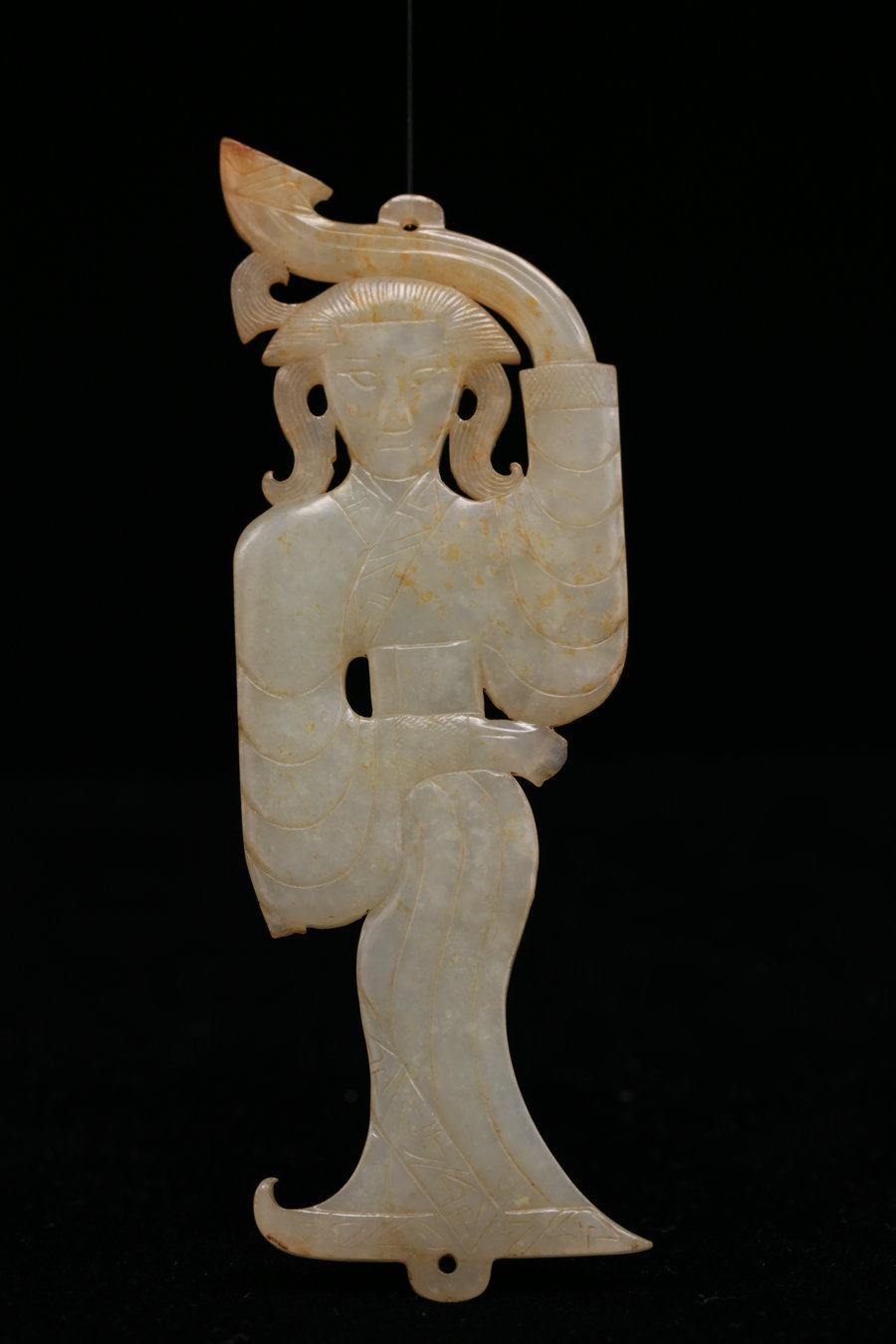Paved with jade


For the wise man, jade became a potent symbol of an ideal society, one populated by virtuous people and functioning according to rigorous social principles and rules whose aim was to enhance morality.
Keeping in mind that Confucianism, conveniently named after its founder, served as the guiding ideology for ancient Chinese societies starting from the Han Dynasty around the second century BC, it is little surprise that jade was eventually elevated to a place above all other materials, including gold.
"For anyone familiar with the material properties of jade, the symbolism extracted from it by ancient Chinese thinkers including Confucius are not far-fetched at all," Zuo says.
Although the word jade had been loosely applied to different types of stone that Chinese artisans had worked with throughout history, in this context it refers exclusively to nephrite, a silicate of calcium and magnesium belonging to the amphibole group of minerals. Key to all of this is that rather than being a mineral species, nephrite jade is a mineral aggregate, a rock, formed by tightly interlocking microscopic crystals.


















